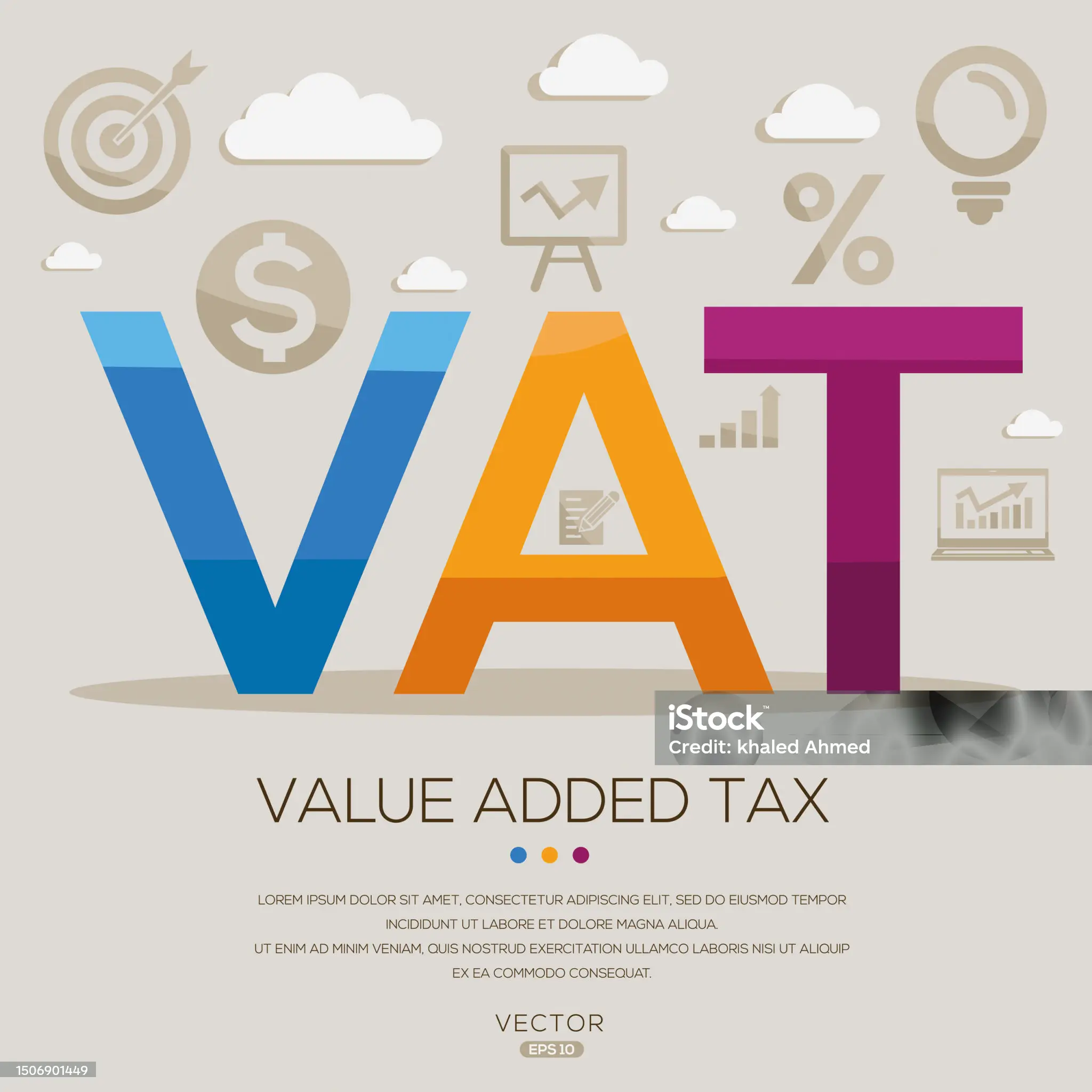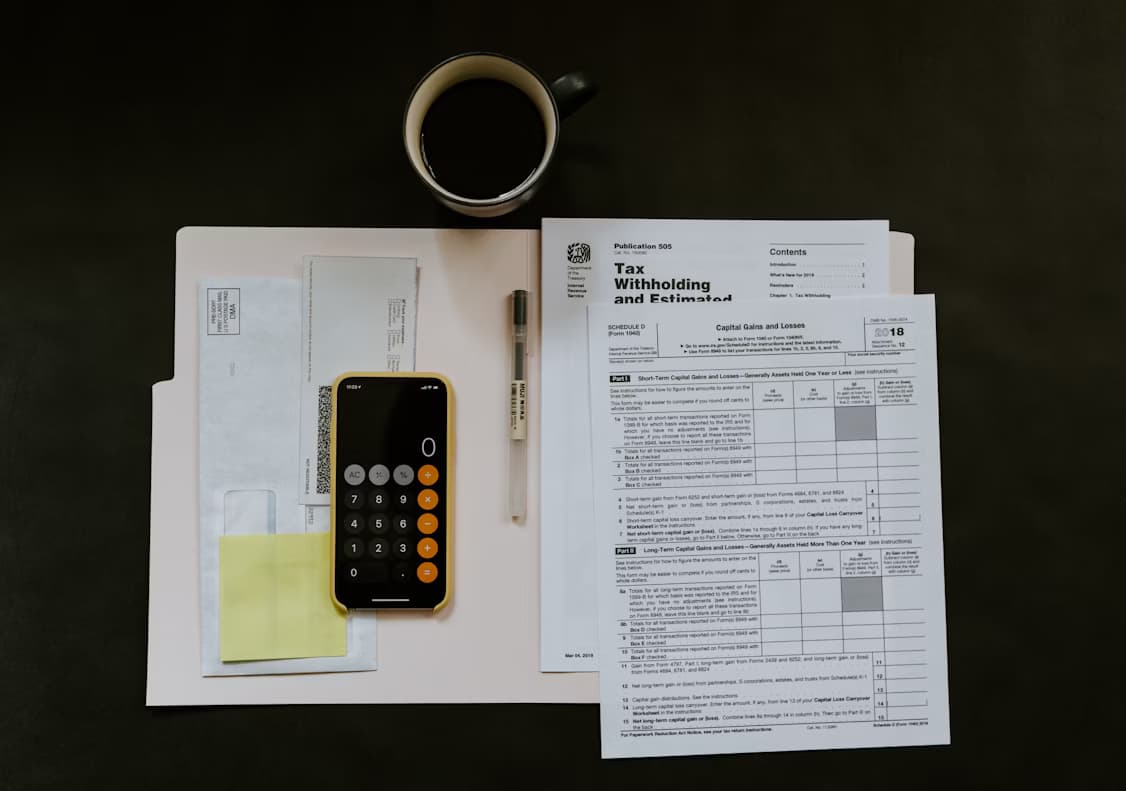VAT: Effective method or flat rate, which accounting method should you choose?

Introduction
You are subject to VAT in Switzerland and you are wondering which accounting method to choose? The question deserves consideration, as your choice will have a direct impact on your cash flow and administrative burden.
The Federal Tax Administration offers two main methods: the effective method and the flat-rate method. The first allows you to deduct VAT on all your business purchases, whilst the second applies a simplified flat rate according to your sector of activity.
But in practical terms, which method is most advantageous for you? It all depends on your cost structure. A graphic designer with few material expenses will not have the same interests as a retail business with tight margins.
In this guide, we compare these two VAT accounting systems with practical examples including figures. You will discover how to calculate the VAT taxable base, how the flat-rate VAT calculation works, and above all: which profile corresponds to which method. This will help you make an informed choice, ideally with the support of your fiduciary.
📌 Summary (TL;DR)
Switzerland offers two VAT accounting methods: the effective method (deduction of VAT on all purchases) and the flat-rate method (simplified rate according to sector). The effective method suits activities with high expenses, whilst the flat rate benefits profiles with few deductible expenditures. The choice depends on your cost structure and can be changed under certain conditions. A fiduciary can help you identify the most advantageous option for your situation.
📚 Table of contents
The two VAT accounting methods in Switzerland
In Switzerland, two VAT accounting systems coexist: the effective method and the net tax rate method (called the flat-rate method).
The effective method works according to the principle of input tax deduction: you invoice VAT to your clients and deduct the VAT you have paid on your purchases and expenses. You only pay the difference to the FTA.
The flat-rate method simplifies the calculation by applying a fixed rate to your turnover according to your sector of activity. No input tax deduction, but a much simpler calculation.
The choice between these two methods depends mainly on your cost structure, your sector of activity and the volume of your deductible expenses. Each has advantages and disadvantages that must be evaluated according to your specific situation.
The effective method: operation and calculation
The effective method is the standard VAT accounting system. Its principle is simple: you invoice VAT to your clients (VAT collected) and you deduct the VAT you have paid on your business purchases (VAT paid or input tax).
Calculation formula: VAT due = VAT invoiced - VAT paid on expenses
You can recover VAT on all your business purchases: supplies, equipment, rent, services, vehicles, etc. This input tax deduction is the main advantage of this method.
Advantages: Maximum precision, full recovery of VAT on expenses, generally more advantageous if you have significant costs.
Disadvantages: Heavier administrative burden, requires rigorous accounting with supporting documents, more complex calculations.
To understand all the obligations related to VAT in Switzerland, consult our complete guide on invoicing and VAT.
The flat-rate method: operation and sectoral rates
The net tax rate method (or flat rates) radically simplifies the calculation. You apply a fixed percentage to your total turnover, according to your sector of activity.
Formula: VAT due = Turnover incl. VAT × sectoral rate
You do not deduct input tax: the VAT paid on your purchases remains your responsibility. In return, the calculation is instantaneous and the administrative burden minimal.
Examples of sectoral rates:
Advisory and consulting services: 5.5%
Liberal professions (architects, engineers): 4.7%
Food retail: 0.6%
Catering: 3.4%
Hotel industry: 3.1%
Wholesale trade: 0.8%
Conditions: Maximum turnover of CHF 5,024,999 per year. No combination of rates (one main activity only).
Advantages: Administrative simplicity, quick calculation, predictability.
Disadvantages: Less advantageous if you have high expenses, no VAT recovery on investments.
Numerical comparison: two practical cases
To understand concretely the impact of the method choice, nothing beats a numerical simulation. We compare here two typical business profiles with their different cost structures.
These examples clearly show that the optimal choice depends on the ratio between your turnover and your deductible expenses. The higher your expenses relative to your turnover, the more advantageous the effective method becomes.
Let us analyse two concrete cases to illustrate this fundamental difference.
Case 1: Freelance graphic designer (low expenses)
Profile: Freelance graphic designer, annual turnover CHF 100,000, limited expenses (computer, software, subscriptions) for CHF 5,000 of VAT paid.
Effective method:
VAT invoiced (8.1% on excl. VAT turnover of CHF 92,507): CHF 7,493
VAT paid on expenses: CHF 5,000
VAT due to the FTA: CHF 2,493
Flat-rate method:
Advisory services sectoral rate: 5.5%
VAT due: 100,000 × 5.5% = CHF 5,500
Difference: The graphic designer would pay CHF 3,007 more with the effective method. The flat-rate method is clearly more advantageous for this low-expense profile.
The administrative saving (no detailed invoice tracking) represents a significant additional advantage for a self-employed person.
Case 2: Retail business (high expenses)
Profile: Electronics retail business, annual turnover CHF 250,000, merchandise purchases for CHF 150,000 excl. VAT (CHF 12,150 of VAT paid).
Effective method:
VAT invoiced (8.1% on excl. VAT turnover of CHF 231,296): CHF 18,735
VAT paid on merchandise purchases: CHF 12,150
VAT due to the FTA: CHF 6,585
Flat-rate method:
Retail trade sectoral rate: 0.8%
VAT due: 250,000 × 0.8% = CHF 2,000
Difference: With the flat-rate method, the retailer would pay only CHF 2,000 instead of CHF 6,585. Saving of CHF 4,585.
Warning: With the flat rate, they do not recover the CHF 12,150 of VAT paid on their purchases. This VAT remains a permanent expense. The effective method is therefore significantly more advantageous for activities with reduced margins and large purchase volumes.
Which profile for which method?
The choice of method depends directly on your cost structure and your business model.
The flat-rate method is particularly suitable for:
Service providers with few expenses (consultants, coaches, trainers)
Liberal professions (lawyers, architects, psychologists)
Freelancers and self-employed with high added value
Activities with high margins and few purchases
The effective method is recommended for:
Trade and resale of goods
Craftspeople with significant material purchases
Companies making regular investments
Activities with high deductible expenses
Start-ups in the investment phase
Special cases: If you have mixed activities or plan significant one-off investments (vehicle, equipment), the effective method allows you to recover VAT immediately. Some companies temporarily change methods to optimise their situation.
Changing method: conditions and procedure
You are not permanently locked into one method. A change is possible, but subject to strict conditions.
Main conditions:
Minimum application period: 3 years for the flat-rate method
Notice period: request to be submitted before the start of the tax period
Justification of the change to the FTA
Procedure: Send a written request to the Federal Tax Administration explaining the reasons for the change. The FTA examines the request and may accept or refuse it depending on your situation.
Cases justifying a change:
Significant evolution of your business model
Significant planned investments (premises, equipment, vehicles)
Increase in the volume of deductible purchases
Anticipate this change several months in advance to meet administrative deadlines and optimise your tax situation.
Getting support from a fiduciary
The choice between effective and flat-rate method has a direct impact on your cash flow and your tax burden. A mistake can cost you several thousand francs per year.
An accountant or fiduciary can:
Analyse your cost structure precisely
Simulate both methods based on your actual figures
Project the impact over several years
Advise you on the optimal timing for a change
Optimise your overall tax situation
BePaid facilitates this collaboration thanks to its features designed for professionals: accounting exports compatible with all software, automatic bank reconciliations, and member access to share your data with your fiduciary securely.
Discover how BePaid simplifies VAT management on a daily basis, whatever method you choose.
Important: BePaid does not replace the personalised advice of a professional, but it considerably simplifies your daily management and the transmission of information to your fiduciary.
The choice between effective method and flat-rate method depends directly on your cost structure. If your deductible expenses are high, the effective method will allow you to recover the VAT paid on your purchases and reduce your tax burden. If your expenses are low, the flat rate simplifies your administrative procedures without complex calculations.
Take the time to analyse your actual or projected figures before making your choice. Remember that you can change methods under certain conditions, but not several times a year. The ideal is to get support from a fiduciary for a personalised simulation.
Whatever method you choose, BePaid helps you manage your VAT simply. Our platform automatically applies the correct rates on your invoices, calculates your VAT returns and allows you to export your data for your accounting. Test free of charge with 10 invoices, without commitment.


